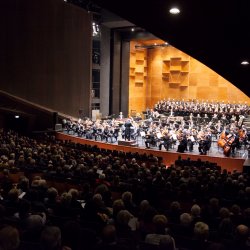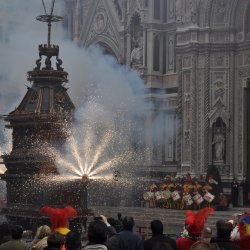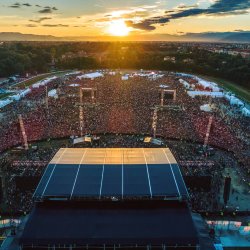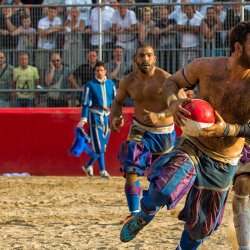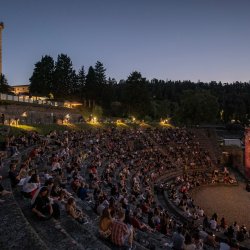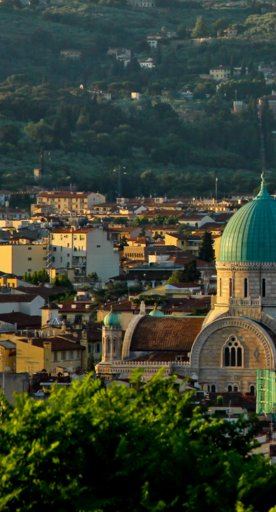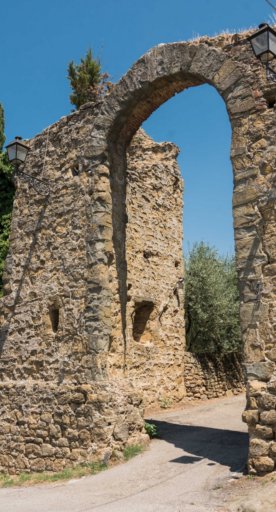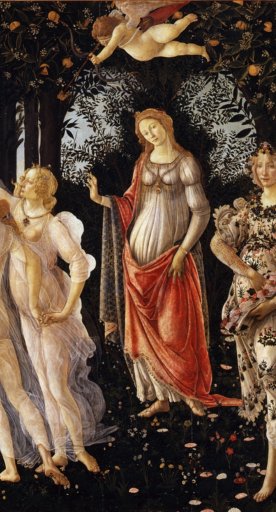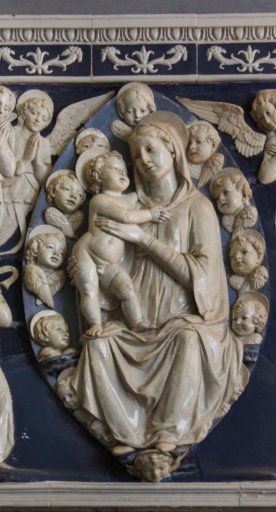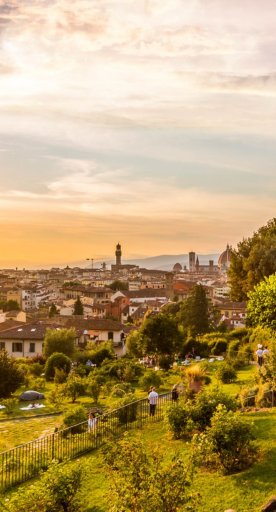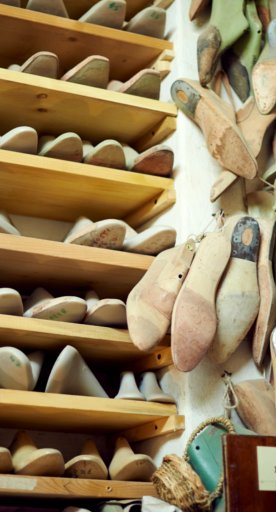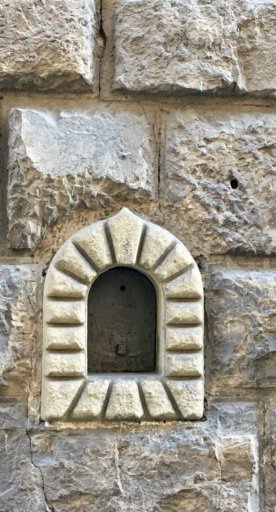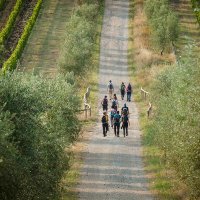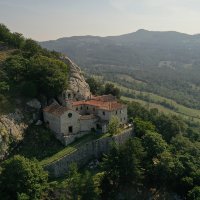5 highlights at the Museum of the Opera del Duomo in Florence
An incredible display of over 750 works including masterpieces by Michelangelo and Donatello
Any visitor to Florence is sure to marvel at the impressive Cathedral complex, but did you know that there’s a magnificent museum just behind the Cathedral that recounts the centuries of history of this important religious complex?
The Museum of the Opera del Duomo boasts an incredible patrimony of over 750 works of art detailing 720 years of history of Florence’s Cathedral.
We’ve put together a list of the top 5 things to see inside the museum.
-
1.Sala del Paradiso
-
2.The Pietà by Michelangelo
-
3.Penitent Magdalene by Donatello
-
4.Reliquary Chapel
-
5.Galleria dei Modelli
Sala del Paradiso

The museum welcomes you with the monumental Sala del Paradiso, or Hall of Paradise, where the area between the Baptistery and the Cathedral has been reconstructed.
The towering façade is a full-scale recreation of the Cathedral’s original one, which was torn down in 1587, and the sculptures that once decorated the front of the church have been placed in their “original” locations.
In front is displayed Lorenzo Ghiberti’s golden bronze Porta del Paradiso. Only 21 years old Ghiberti was commissioned to make the Baptistery’s north door, and, once finished, he was asked to work on the east door, the one later nicknamed "Gates of Paradise" by Michelangelo.
The Pietà by Michelangelo

Not to be confused with the Pietà Vaticana in Rome, the Pietà Bandini - also made by Michelangelo - is one of the museum's highlights.
Begun around 1547, Michelangelo abandoned the work after 9 years because, as tradition goes, he was angered by all the flaws in the marble. Even from a distance, you can see traces of Michelangelo’s tool marks, which he never got around to smoothing out.
Christ - with a missing leg!- is truly at the centre of the group, larger than life and leaving us engrossed for the lifelessness of his limbs and the way his mother embraces him to his left. Interestingly, the man standing behind Christ is identified as Nicodemus, but Michelangelo used this as an opportunity to sculpt a self-portrait of himself in his old age.
Penitent Magdalene by Donatello

Traditional imagery of Mary Magdalene depicts her as a beautiful young woman. But Donatello, for this mid-15th-century sculpture, chose an entirely different approach. Made of wood, Mary Magdalene is emaciated, hunched and wrapped in her own, body-length hair. Her lean muscles and unclean appearance attest to her years of seclusion and penitence, which Donatello expertly sculpted to evoke a feeling of piety and atonement.
Reliquary Chapel
This octagonal chapel is a treat for anyone interested in the custom of relics and reliquaries. Florence’s cathedral and baptistery are home to more than 600 relics of all kinds, a selection of which are on display in this room that was designed to recreate a chapel setting. Indeed, choir music plays continuously in the room, infusing the atmosphere with a religious spirit.
The reliquaries on display are masterpieces of silver and goldworking, and you might find it hard not to lose track of time in here!
Galleria dei Modelli
You might be surprised to learn that the façade you see today on the cathedral was actually only built in the 1870s. As mentioned above, the original façade was taken down in the late 1500s, and calls were renewed to revamp the façade in the 1800s. When Florence was declared the capital of the newly-unified Italy in 1865, redesigning the façade was the perfect way to celebrate this new chapter in the city’s history.
On the second floor, you’ll come across a museum within the museum, detailing the history of the façade and showcasing all the projects proposed for today’s version, which was designed by Emilio De Fabris.





